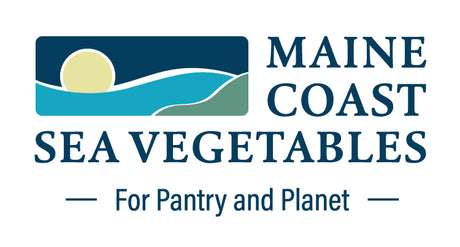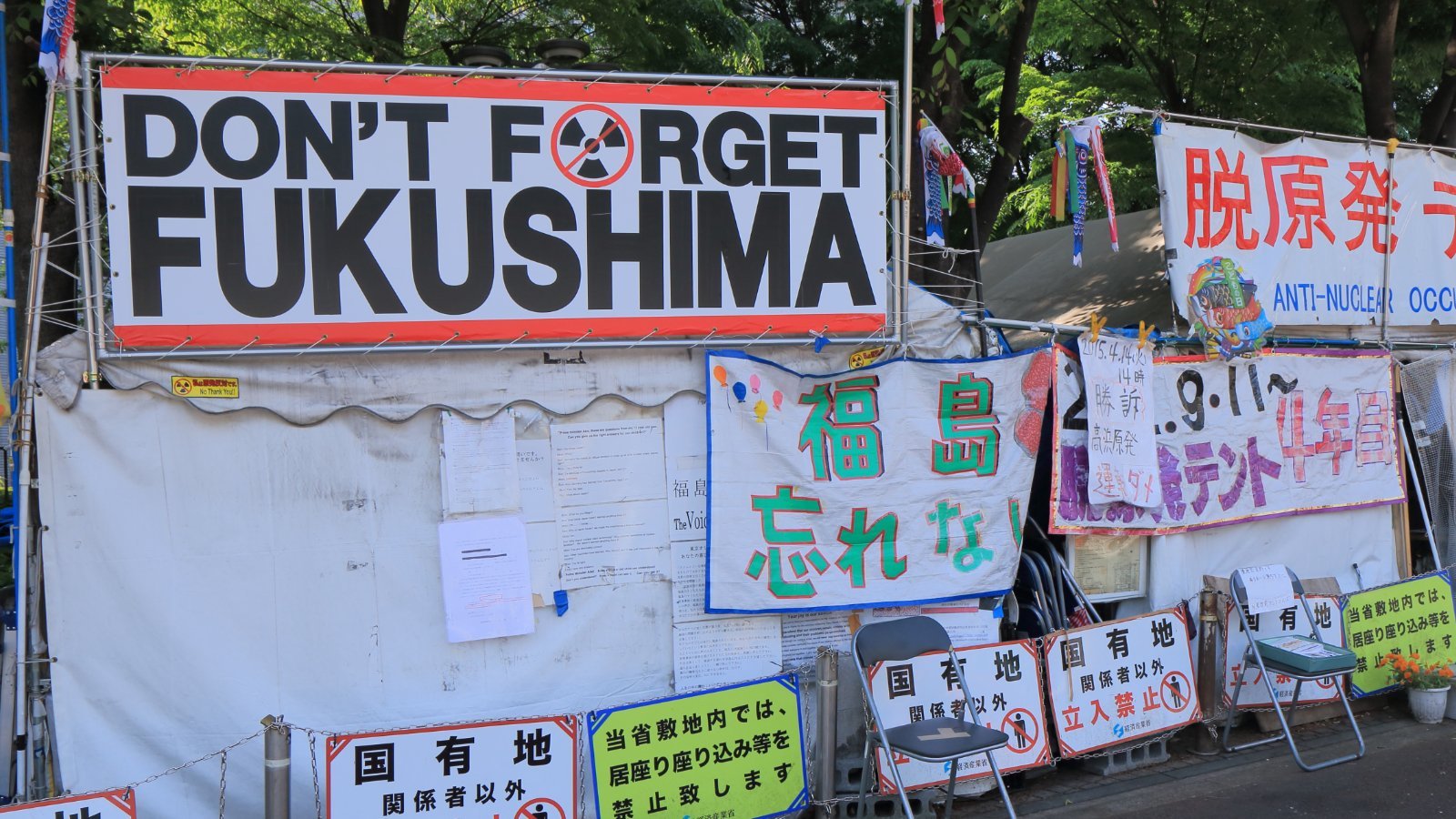There are heroes in the seaweed, there are children in the morning. They are leaning out for love and they will lean that way forever.
-- Leonard Cohen, Suzanne
A little over ten years ago, on March 11, 2011, the most powerful earthquake ever recorded in Japan occurred undersea, 45 miles east of the Oshika Peninsula of Tōhoku. The magnitude 9.0 quake lasted six minutes and was the fourth most powerful quake recorded anywhere in the world since modern record keeping began in 1900.
The earthquake triggered massive tsunami waves with heights estimated at about 15 meters (49 ft), traveling at 435 mph, and reaching up to 6 miles into the interior Sendai region. Imagine a 4 ½ -story wall of seawater rushing towards you at twice the speed of Japan’s fastest bullet train. Coastal residents had less than ten minutes warning to flee; the official toll of the dead and missing stands at about 18,500.
The tsunami flooded the Fukushima Daiichi nuclear power facility located on the coast about 60 miles south of Sendai. Three of the plants’ six reactors were on-line, and the floodwaters caused failure of the electrically powered cooling systems essential for preventing nuclear fuel rods from overheating and melting through their containment vessels. Within a few days of the quake, each of the three active nuclear cores and one inactive core had either partially melted, exploded, or caught fire, releasing radiation into the air and sea.
Most of the radiation released by the accident was iodine-131, cesium-137, and smaller amounts of cesium-139, but other harmful isotopes were released as well. Iodine-131 has a short half-life of 8 days, meaning that after 8 days it’s lost half its original radioactivity, after another 8 days half that amount, and so on until the radiation is inconsequential. However, during its first 8-16 days it is highly radioactive and dangerous. Most of the harm occurs to the thyroid gland, which requires iodine to function. Cesium-137 has a much longer half-life of 30 years. This means it doesn’t emit radiation as intensely as iodine-137, but it remains harmful for far longer. It’s easily carried on wind plumes and when it lands it can contaminate the soil and the food grown in it. Cesium is also water soluble, and when it lands in the ocean it spreads far and wide.
This disaster profoundly affected Japan and its effects continue to this day. Nearby villages remain unoccupied ghost towns and radioactive cooling water is still occasionally released into the sea. In February 2021 it was reported that a fish caught offshore in northeastern Fukushima province had five times the acceptable level of cesium-137. This doesn't mean that all seafood from Japan is contaminated…the ocean is vast and contamination can be quickly diluted to levels below measurement thresholds within a few miles of the source. Nevertheless, some consumers continue to distrust seafood sourced from the Pacific and especially from Japan.
The reverberations from the March 11 earthquake also affected our little seaweed company located over 6,000 miles away in Maine. In 2011, we at Maine Coast Sea Vegetables had been offering products for on-line retail sale for about 14 years. But word hadn’t quite caught on yet, and we made only 12-15 internet sales each day. Most of our primary sales were still in retail stores. After March 11, that all changed seemingly overnight, when we experienced our own version of a tsunami. We were flooded with on-line orders and more phone calls than we could handle, mostly from the US west coast but from many other places as well. Our crew worked overtime taking and filling orders, we hired some temporary help, and within a few short weeks our inventory was low with the new harvest season not even yet started.
Many of the orders came from new customers. Some had eaten sea vegetables for years but had always purchased seaweeds sourced from Asia or in some cases the US west coast. Some wanted large volumes to ensure they stocked up on sea vegetables harvested before the disaster. For the first time in our history, we had to establish very strict per customer limits. Other new customers were people who had never eaten seaweed before but had learned from a trusted source that seaweed offered protection from radioactivity; firstly, by flooding the thyroid with safe iodine so that it couldn’t take up radioactive iodine-131, and secondly, by helping the body eliminate ingested cesium-137 from the intestine. We discuss in more detail how seaweed affords protection against radiation in our FAQ’s.
Many of these new customers remain loyal customers today, and through their word of mouth we have gained even more customers. However, it gives us no pleasure whatsoever to reflect on the circumstances leading to these sales. Japan suffered through a tragedy of unimaginable scope and continues to deal with the psychic aftershocks of the great earthquake of 2011. Although we welcome all customers no matter how they find us, we would much rather have them discover the wonderful culinary, nutritional, and health benefits of our sustainably harvested North American sea vegetables through a non-tragic event.
Fast forward from March 2011 to March 2020. This is when life changed for most Americans as we entered lockdowns and other restrictions to deal with the emerging COVID-19 pandemic. Here at Maine Coast Sea Vegetables, we closed our processing plant while we developed a plan to safely carry-on operations. Luckily, we had just moved into a new, spacious processing plant where it was possible to physically distance from one another, however inefficient of a work flow it created. After just two weeks of shut-down we returned to work. Our new workday routine included face coverings, frequent disinfection of doorknobs and other common area contact surfaces, staggered lunch shifts, and no more potluck get-togethers. Every sniffle and headache were cause for alarm. So far, we’re happy to report that not one of our 22 employee owners has fallen ill with COVID-19, though some family members were affected. Thankfully, everyone is well now and Maine is a leading state when it comes to distributing vaccines. There’s light ahead.
As in the days and weeks following the Fukushima disaster, we saw an uptick in internet sales as people turned to sea vegetables in response to tragedy and fear for their personal health. Our sales more than doubled those first few weeks as people stocked up in anticipation of spending weeks at home. This time, it was a deadly virus they were concerned about, not radiation. And this time, it was a tragedy shared by the globe, not just by one nation.
This sales bump was early in the year of the pandemic and well before scientists had published reports investigating the intriguing possibility that certain seaweed extracts were effective against COVID-19. Of course, it’s been known for some time that seaweed extracts, specifically sulfated seaweed polysaccharides, possess anti-viral activity against other viruses such as human immunodeficiency virus, herpes simplex virus, human cytomegalovirus, dengue virus and respiratory syncytial virus. Even before these findings, and long before the advent of modern medicine, traditional Chinese medicine extolled the curative properties of seaweeds for a variety of maladies. Perhaps it was a combination of both modern and ancient knowledge that led our customers to seaweed during a global pandemic.
On the surface, we know that most of our customers are grounded in science, whether it be modern or ancient, when they turn to seaweed to prevent radiation poisoning or viral illness. We do our best to support these customers by providing information based on the latest science. But beneath the surface, we can’t help but wonder if something more primeval is going on. Could we be instinctively drawn to these ancient algal life forms during times of crisis?
This is a difficult, if not impossible, question to rationally and scientifically address, but consider this: archeological evidence at the Monte Verde site in Chile indicates that humans have used seaweed as food and medicine for a long, long time. Other research suggests that seaweed may have played a role in human evolution by providing mineral nutrients essential for brain development. Under this theory, ancestral Homo sapiens foraging along coastal Africa would have found seaweed to be an easily harvested and nutrient dense food, and one that helped nourish large brains.
If this theory has any basis it means that humans have been drawn to seaweed since even before we first became truly human. Perhaps it’s our ancestral memory, or an instinct coded into our DNA, that causes us to seek out seaweed during times of crisis, when our health and well-being are under threat. We’re often told to trust our intuition, also known as our body’s ancient wisdom, when it comes to health. We believe there are many good reasons why this intuition leads so many to sea vegetables.



